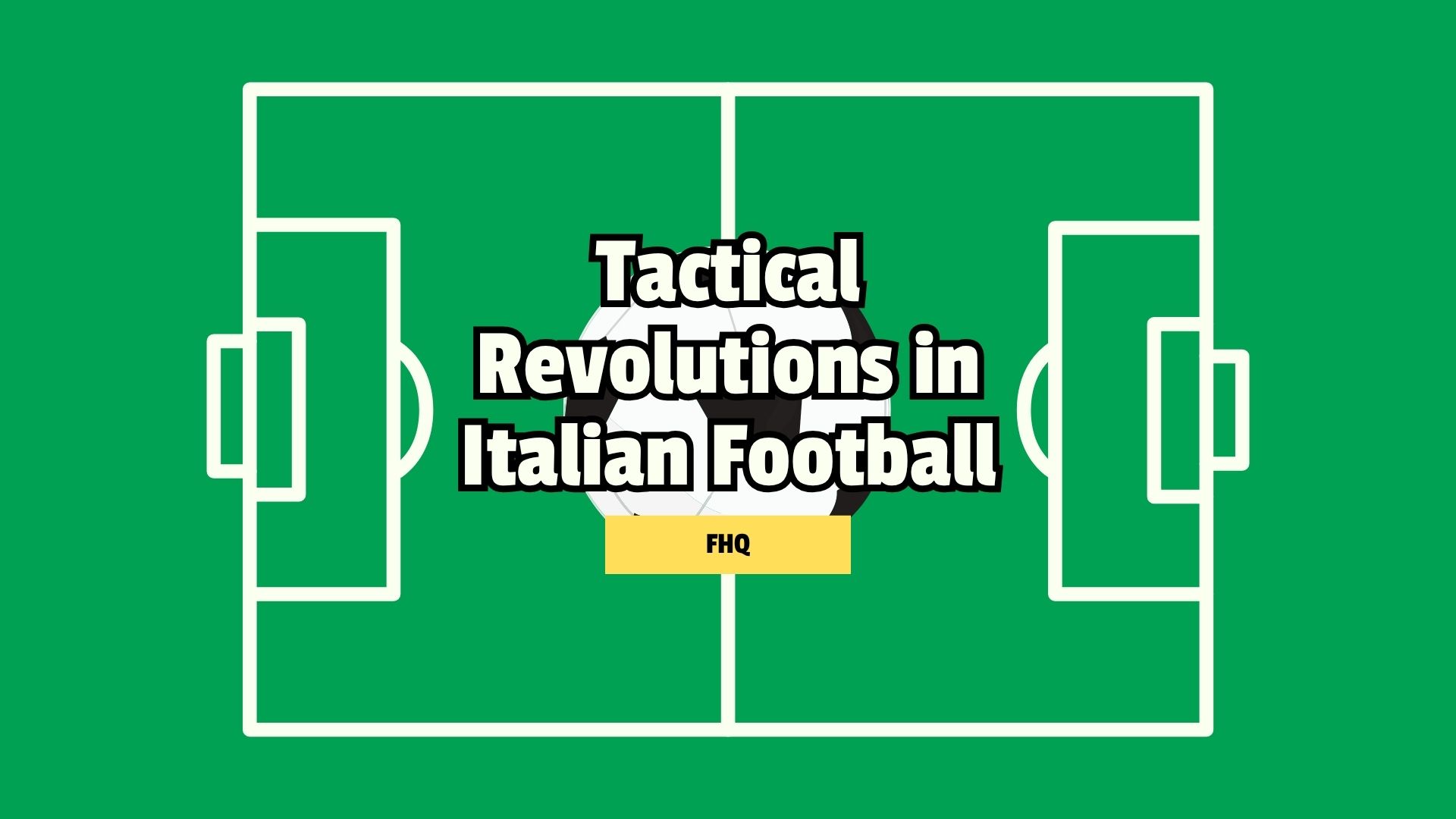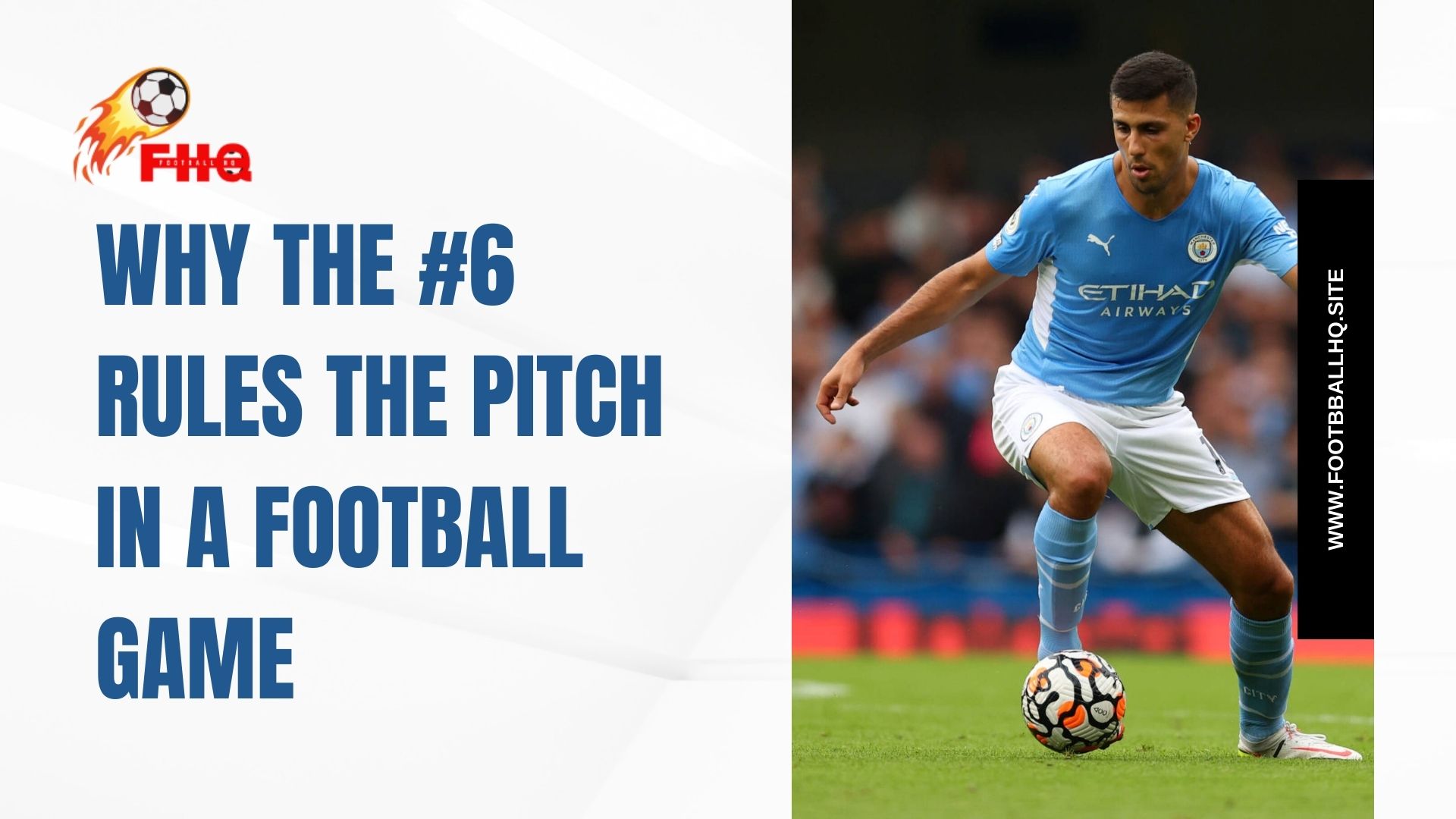
Italian football is not what it used to be—thank goodness!, I’ve had a front-row seat to a tactical revolution simmering in Serie A over the last few seasons.
We’ve traded in those ultra-defensive catenaccio decades for thrill-a-minute matches that keep you biting your nails until the final whistle which was what brought about tactical revolutions in italian football.
It’s sharper, faster, and brimming with surprises—and if you like to dive into stats or track momentum through tools like Vulkanbet login, you’ve got to admit: it’s more fun when you can’t predict the next move.
So, what’s fueled this tactical revolutions in italian football? Let’s break it down.
Key Tactical Changes: From Conservatism to Chaos (in the Best Way)
High Pressing from Day One
Remember when Italian teams would sit back in a tight block for 90 minutes, daring you to try something? That’s gone. Almost every coach wants his side hunting the ball within seconds of losing it. I’ve seen teams sprint 60 meters to close down a defender’s first touch—and it works. High pressing not only wins the ball back quickly, but it also sets the tone: the opponent knows they’ve got to think twice before building out from the back.
Fluid Positioning That Keeps You Guessing
Rigid formations? Forget about them. Modern Serie A outfits swap roles mid-rally. A center-back might drift into midfield for a third man over, or a winger tucks inside to overload the box. It’s like watching a game of human chess, where every pawn can become a knight. This freedom forces defenders into one-on-one scenarios they’re not used to—and that’s where the magic happens.
Building from the Back (Yes, Even Backwards!)
Gone are the days when a goalkeeper’s only job was to stop shots. Today, keepers and center-backs act like midfield architects, calmly recycling possession until the perfect opening appears. Sure, you risk a quick turnover—and maybe a nutmeg or two—but the payoff is a fluid, possession-based attack that can slice through packed midfield blocks.
Italian Football, Rewired: The Rise of New Coaching Philosophies
Italy’s tactical identity was once synonymous with defense—catenaccio at its peak and slow, methodical build-ups. But a new generation of coaches is rewriting the script.
- Gasp’s Atalanta Machine: Gian Piero Gasperini was pressing hard back when most teams still figured out their front three. His Atalanta side thrives on chaos: a risk-heavy system that blurs the lines between attack and defense. I’ll never forget analyzing one of their games last season—each turnover felt like a mini-explosion of movement. Neutral fans—and yes, sharp bettors—can’t look away when Atalanta is in free flow.
- Sassuolo’s Possession Revolution: This once-sleepy mid-table club quietly morphed into a lab for possession maestros. Under Roberto De Zerbi, they nurtured talents like Manuel Locatelli and Davide Frattesi, allowing them to roam freely. Watching Sassuolo is like seeing a free jazz concert: unpredictable, improvisational, and utterly captivating.
- Milan’s Vertical Charge: Stefano Pioli’s 2021–22 Scudetto win was no Cinderella story. AC Milan rediscovered their swagger by blending experience with youth—pressing high, transitioning fast, and trusting academy graduates. The result? A team that played with the intensity of underdogs but the discipline of champions.
- Inter’s Modern Metronome: While Antonio Conte brought Inter the first wave of high-octane pressing, Simone Inzaghi has taken it further with flexible formations—effortlessly shifting between 3-5-2 and 4-2-3-1 depending on the moment. It’s a masterclass in adaptation.
Challenges and Adaptations of Tactical Revolutions in Italian Football
Not every club can change the script overnight. Introducing a new system is like teaching an orchestra to play jazz instead of classical—you need time, patience, and plenty of rehearsals.
- Trust Issues: Players accustomed to fixed roles often resist at first. Full-backs panic when asked to invert into midfield instead of hugging the touchline.
- Video Analysis Bootcamps: Coaching staff now film sessions that last hours. Players watch clip after clip, pause, rewind, debate, and gradually buy-in.
- Data-Driven Tweaks: Analysts pore over heat maps and pressing efficiency charts. When the new tactics are half-learned, that messy middle phase is a goldmine for bettors who track momentum via Vulkanbet login or similar platforms.
You know the system is gelling when you see a team’s pressing success rate climb from 30% to 60%. And when it drops again, you learn exactly where it cracked under pressure.
The Future Generation: Youth, Innovation, and Endless Possibilities
The biggest change? Youth academies teach modern principles from Day One. No more waiting until you break into the first team to learn how to press or rotate. Kids are now drilled on fluid positional play, inverted full-backs, and quick transitions as part of their basic curriculum.
I’m excited about what this means for the league:
- Hyper-creative systems: We’ll see formations we haven’t even dreamed of yet—possibly hybrid shapes that blur the lines between midfielders and attackers.
- Tactical literacy among fans: As more supporters dive into the analytic side (shout-out to those using Vulkanbet login for real-time stats), the average fan’s football IQ will skyrocket.
- Even more unpredictability: When tactics get complex, mistakes become more spectacular—meaning more jaw-dropping moments and last-minute showdowns.
My Final Whistle
This tactical revolution has catapulted Italian football out of its old shell and into a realm of excitement, unpredictability, and pure joy. Matches now crackle with energy from the first whistle; each touch feels loaded with intent, and every turnover can spark a counterattack that leaves you breathless.
Whether you tune in to watch, analyze, or place a cheeky bet, there’s never been a better time to fall in love with Serie A again. So strap in because the best is yet to come—and trust me, you don’t want to miss a second.


